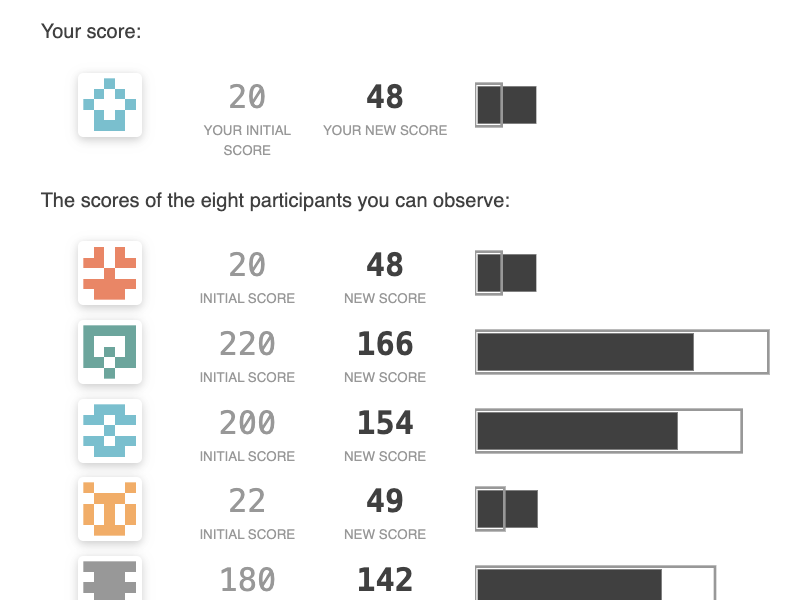Most people dislike inequality, yet large disparities in income and wealth remain remarkably high in many democratic countries. One possible explanation is that people’s social networks affect their perception of inequality and consequently, their demands for redistribution. In this study, Henrik Olsson, Mirta Galesic, and I investigate the effects of assortativity by wealth (observing others with similar or different wealth) and visibility by wealth (observing rich or poor others) on voting for redistribution and the polarization of votes, as well as satisfaction and perceptions of fairness. We develop a computational model and test the predictions of the model in an online network experiment. The results reveal that although most social networks lead people to under-observe inequality, different structural properties produce different collective outcomes: redistribution and polarization are the lowest in networks with maximum assortativity, where participants are segregated by wealth, and the highest in networks where the rich are most visible. Furthermore, segregation keeps the poor poorest but satisfied, while observing the rich makes them dissatisfied despite becoming better off. These findings suggest that political communication and policy strategies aiming to increase support for redistribution should enhance the visibility of excessive wealth. At the same time, it is crucial to ensure that this does not exacerbate polarization and conflict.
To read further, please see our article in PNAS Nexus.
